The morning was sunny and mild as we left our Giza hotel, the Mena House Hotel located at the foot of the Giza pyramid complex, to make our pilgrimage to Dahshur before venturing into the desert.
The Bent Pyramid is believed by archaeologists to be the transition design between the step (at Saqqara) and the smooth-sided pyramids of Giza fame. After a brief drive we climbed out of our vehicle, surprised that there were no more than 2-3 other cars. After wandering the beautiful Bent Pyramid site we loaded back into our vehicle and made the brief journey to the Red Pyramid, the first smooth-sided pyramid whose sides were intended to reflect the rays of the sun and help the king’s soul ascend to heaven where they would join the sun god Ra.
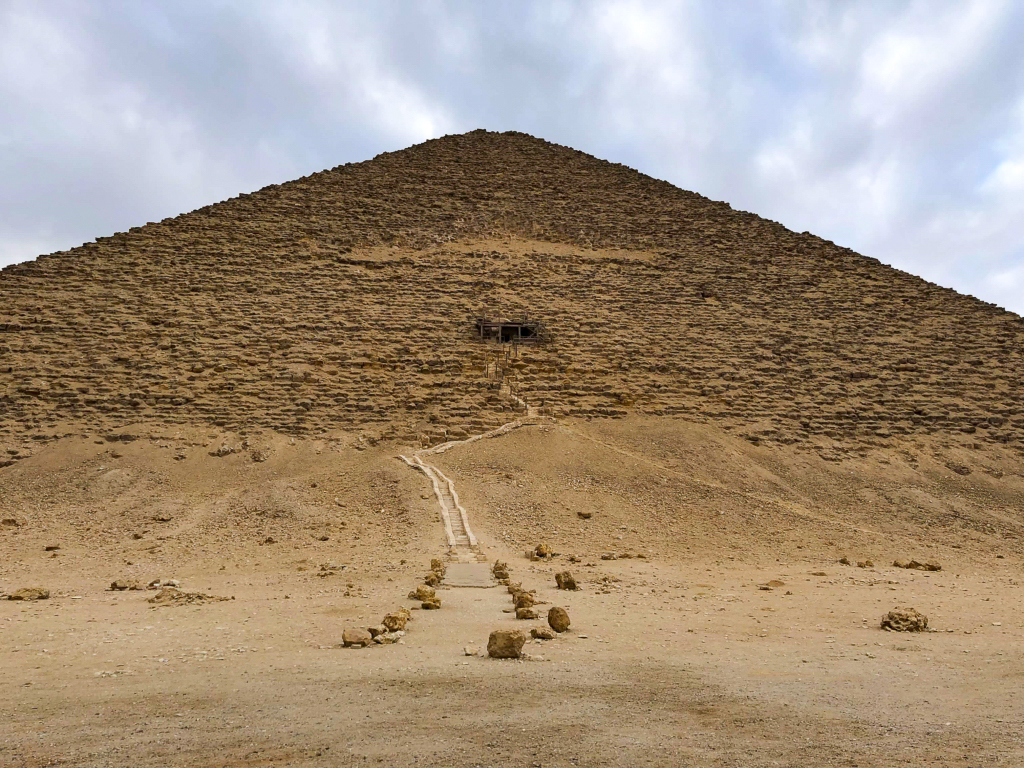
The Red Pyramid gets its name from the color of the limestone blocks used to construct the pyramid’s core. Once again, we walked unrestrained around the base of the pyramid and even had an opportunity to climb into the claustrophobic opening. After minutes of stale air we navigated the tight space and were able to return to the fresh outside air. The contrast of the Bent and Red pyramids sitting alone in a vast desert was spectacular.
As we reached the edge of the desert sands, our vehicle was pulled to the side of the road by armed military. Our driver and guide commenced with an excited interchange followed by the presentation of official looking paperwork. After several minutes we were approved to proceed. Thinking we were ready to go we became increasingly uncomfortable as we continued to wait. Our guide explained that due to security concerns in the isolated desert area they were arranging an armed escort. With a pick-up truck loaded with guards and machine guns we began our treck across the desert sands of Egypt!
After 20-25 minutes of following our armed guard escort we arrived 9 kilometers east of the oasis of Faiyoum, anxious to see the Hawwara and Meidum Pyramides. Our guide explained that due to the desert location tourists do not typically travel to see these pyramids. I secretly wondered if it was due to the need for armed security!


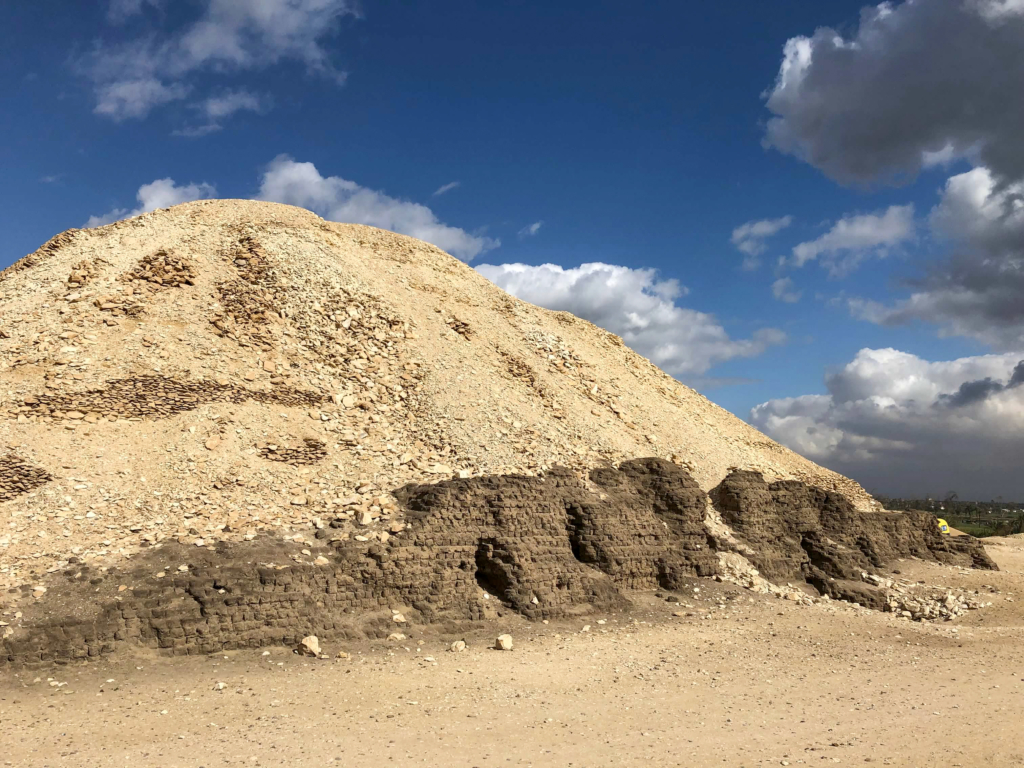
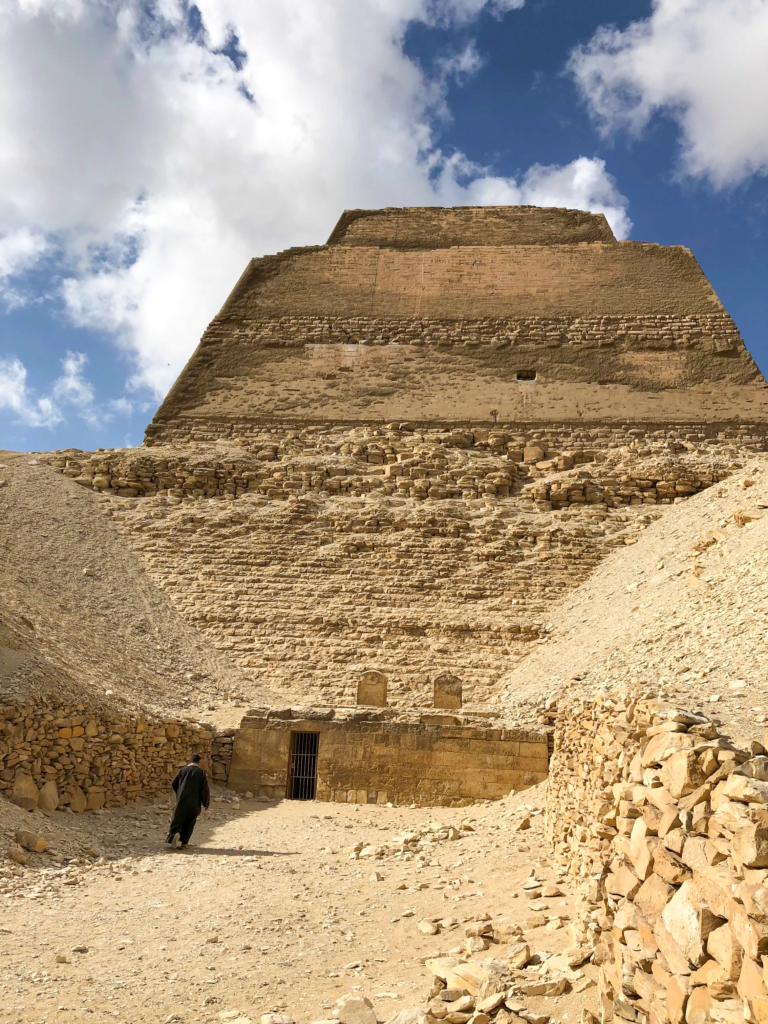
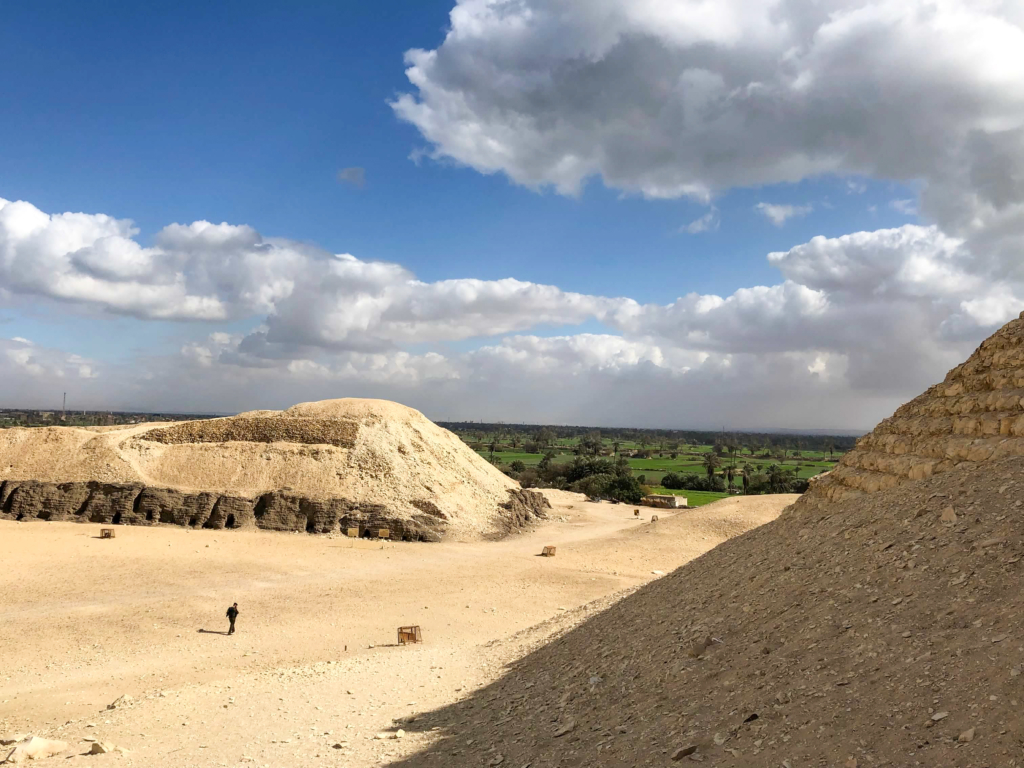


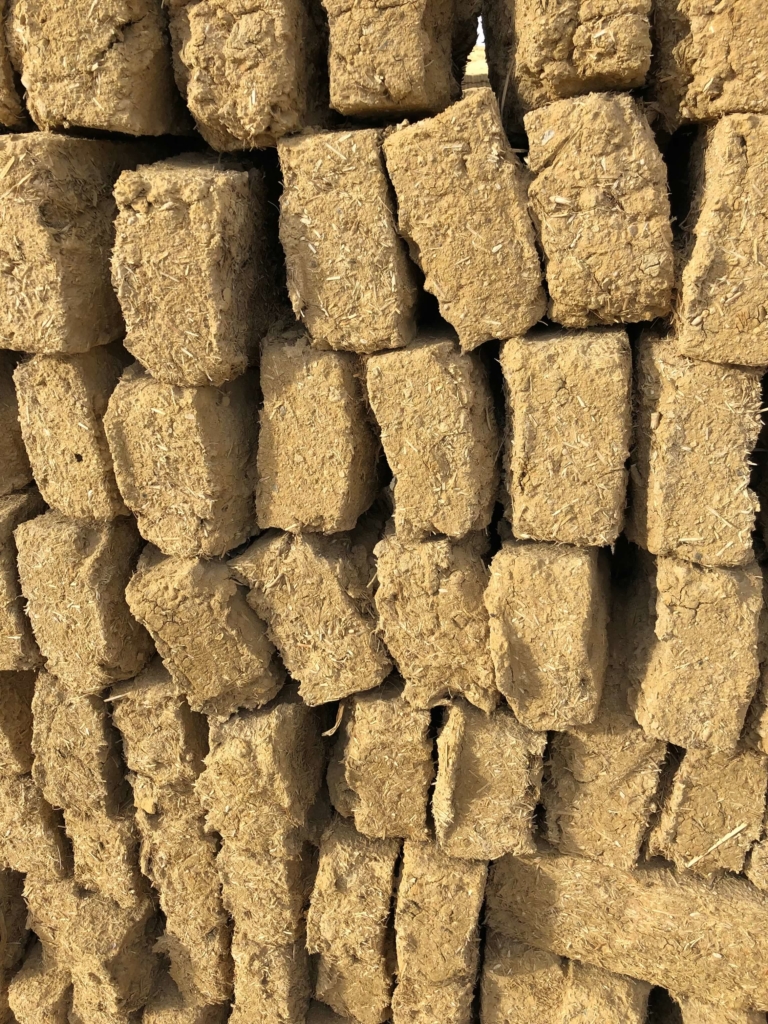

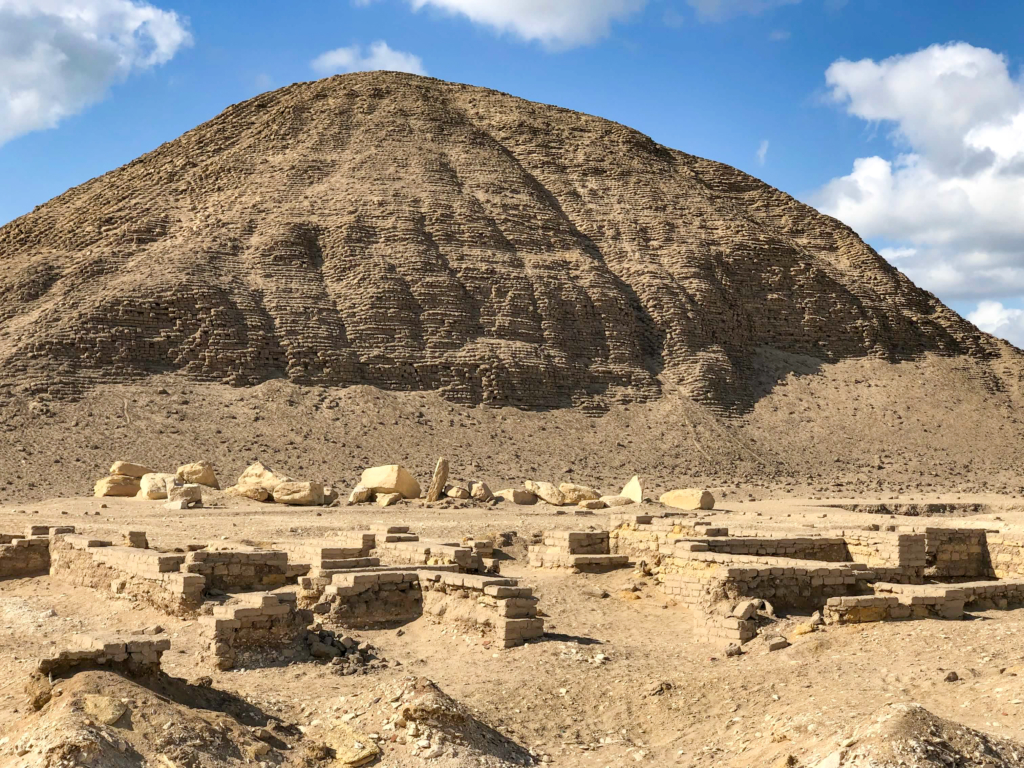
Over 4,000 years old, the pyramids provide a glimpse into the ancient civilization of the Egyptians who believed that the Pharoah’s spirit would remain with this body. In order to protect the Pharoah’s spirit and to provide him with the essentials he would need for his life after death, the Pharoahs began to construct pyramids in approximately 2950BC.
The precursors of the pyramid were the tombs carved into rock with rectangular shaped flat roofs. Not satisfied with this configuration, King Djoser and his tomb architect, Imhotep, decided to take the rectangular shape and turn it vertical cryptocurrency tumbler techniques. The resulting Step Pyramid in Saqqara was built in 2630 and was the tallest building of its time at 204’ and built from six stepped layers of stone. After viewing the later iterations of the Step Pyramid we marveled at the labor that must have been required to construct the stone steps.
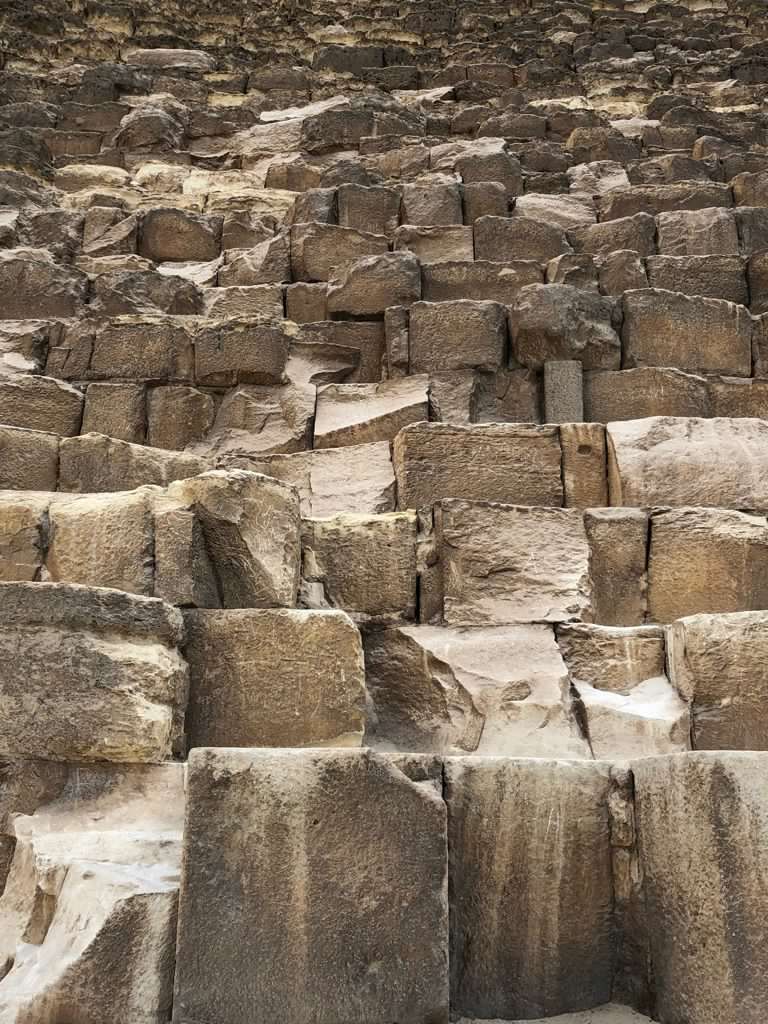
Saving some of the youngest for our last day of pyramid touring we arrived at the Giza on the west bank of the Nile River. Giza is home to three major and three minor pyramids. The largest is the pharaoh Khufu’s Great Pyramid built from 2.3 million blocks of stone, averaging ~2.5 tons each and most of which were too high to step up onto. The pyramid’s original height was 481 feet, making it the largest pyramid in the world.
The middle pyramid, second tallest, was built for the pharaoh’s son and includes the guardian limestone statue of the Great Sphinx which is the largest statue in the ancient world measuring 240’ long and 66’ high. The shortest of the three main pyramids was built for the pharaoh’s son and is a precursor to the smaller pyramids containing the pharaoh’s queens.

One of the last pyramids built was in Saqqara but with the declining power and wealth of the Egyptians none of the next few pyramids to be constructed ever achieved the scale and grandeur of the earlier pyramids. Ultimately, this burial method was abandoned and the Egyptian kings and queens were buried in underground tombs in the Valley of the Kings.
Note: If you see the pyramids based on the evolution of their design and construction the order would include: Saqqara Step Pyramid, Dahshur Bent Pyramid followed by the Red Pyramid, and culminating with the Giza Pyramid complex.
Mary Beth I have a passion for creating and experiencing unforgettable moments and sharing those with others. I hope that this story has helped you experience one of those moments.